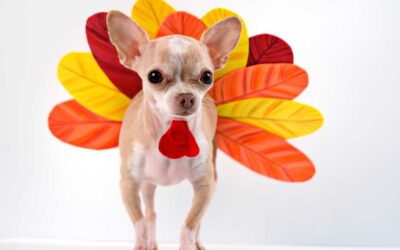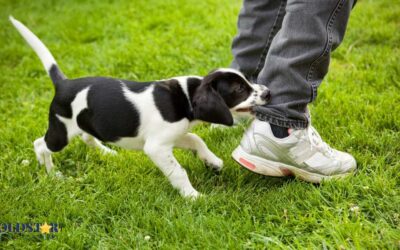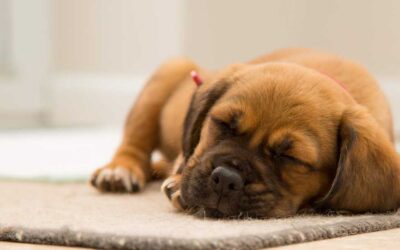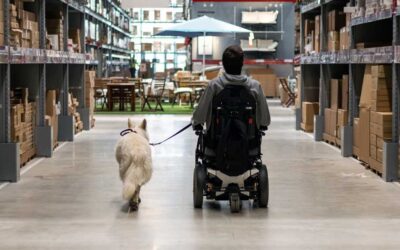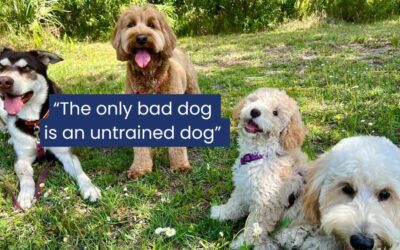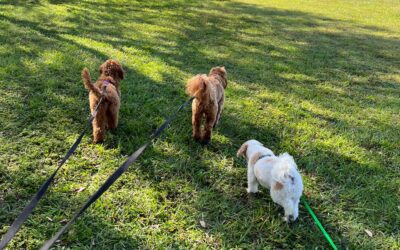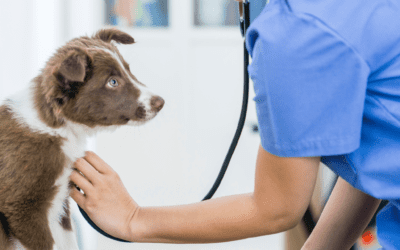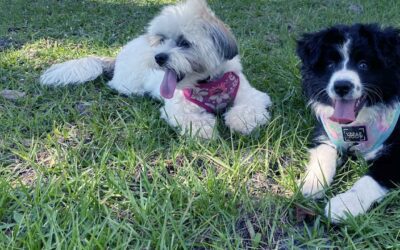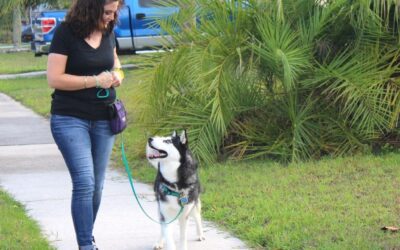Thanksgiving means family, football, and a feast that everyone looks forward to—even your dog! But when those puppy-dog eyes lock onto your turkey, it’s important to ask: Can dogs eat turkey? The answer is yes, but with some precautions to ensure your furry friend...
Explore Our Expert Advice
Puppy Academy Blog
Find Everything from training tips to puppy behavior, socialization, and nutrition. Whether you’re a first-time puppy parent or looking to fine-tune your training approach, these posts provide practical insights to help you raise a happy, well-behaved dog.
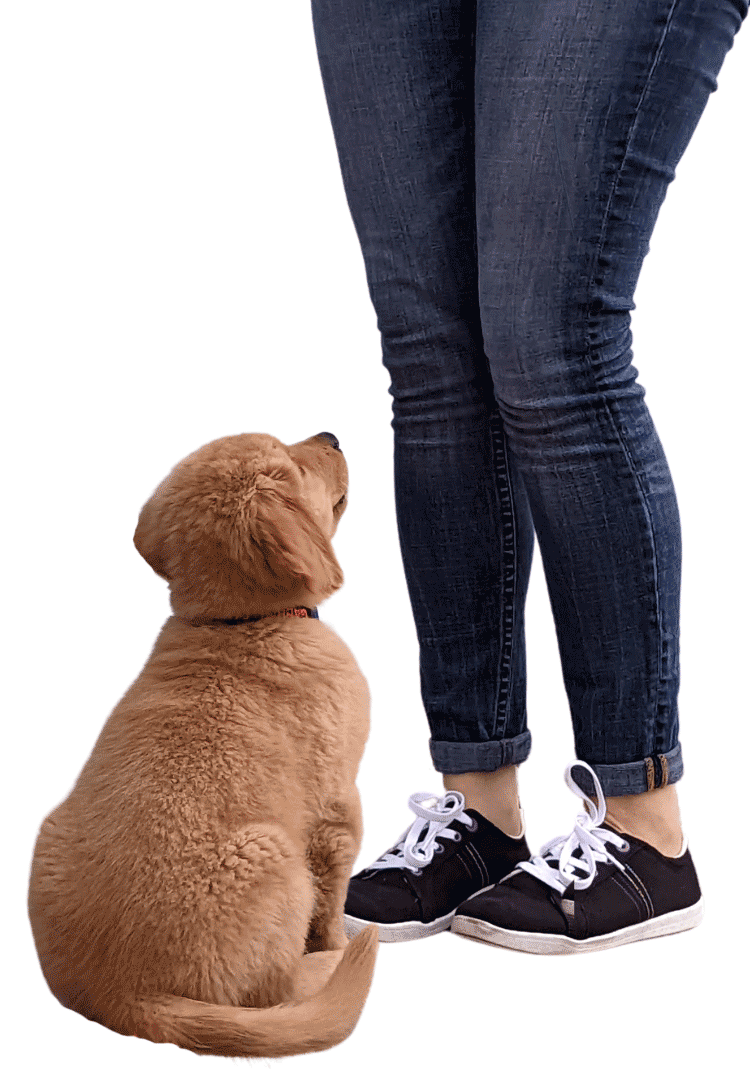
Expert Dog Training & Care Tips
How to Prevent Resource Guarding in Puppies: A Comprehensive Guide
Resource guarding is a behavior in which dogs feel the need to protect their possessions, such as food, toys, or even spaces. While it is a natural instinct, allowing it to go unchecked can lead to aggressive tendencies as your puppy ages. Fortunately, resource...
The Benefits of Board and Train for Puppies
What Is Sleepaway Camp?The Benefits of Sleepaway CampSleepaway Camp is our specialized version of a board and training program. Your pup lives with one of our experienced trainers for a set period, experiencing socialization while learning crucial foundational...
Understanding the Differences Between Service Dogs and Emotional Support Dogs
When it comes to the differences between service dogs and emotional support dogs, understanding their unique roles and functions is crucial. Service dogs are highly trained to perform specific tasks that assist individuals with disabilities, while emotional support...
Affordable Dog Trainers Near Me: Discover Goldstar Puppy Academy
If you’re searching for “affordable dog trainers near me,” you’re in luck! Goldstar Puppy Academy in Sebastian, Florida, offers top-notch dog training services at various prices to meet your needs. Our professional trainers are dedicated to providing the best training...
Best Places to Train My Dog in Vero Beach
Best Place to Train my Dog in Vero Beach Whether you're seeking spacious parks for obedience drills, tranquil beaches for socialization, or bustling downtown areas for urban exposure, Vero Beach offers a myriad of options to cater to every training need. Exploring the...
Prepare Your Puppy for Vet Visits
Prepare Your Puppy for Vet Visits The Importance of Body Handing of Puppies. Teaching your puppy to be comfortable with body handling will not only benefit you when you need to put on their harness or brush them, it will also help them be more tolerant of handling at...
How to Safely Socialize a Puppy Before Vaccinations
How to Safely Socialize a Puppy Before Vaccinations We often get asked how to safely socialize a puppy before they are fully vaccinated. It’s really important to get your puppy out experiencing new sights, smells and environments as soon as possible after they’ve...
How to Train a Dog That’s Not Food Motivated
How to Train a Dog That’s Not Food Motivated Training a dog that is picky about food can be a bit challenging. All dogs are motivated by food at some level since they need it to live but some dogs may not accept food reliably as training rewards. However, there are...

